
What is the most common food allergy in dogs?
Pet owners often scratch their heads when their dog starts itching nonstop or has recurring stomach issues—more often than not, a food allergy is to blame.
Many dog lovers considering a Doberman Pinscher often wonder about their shedding habits. The good news is this breed doesn’t shed excessively, but they aren’t non-shedding either. Their short, sleek coat typically releases a moderate amount of fur year-round, with a slight increase during seasonal changes like spring and fall. This means you won’t find clumps of fur all over your couch, but regular upkeep is still necessary to keep loose hair in check.
Grooming plays a key role in managing a Doberman’s shedding. A weekly brush with a rubber curry comb or bristle brush works well to remove dead hair before it ends up on your clothes or floors. Bathing every 6-8 weeks with a mild dog shampoo also helps keep their coat healthy and reduces excess shedding. It’s important to note that over-bathing can strip their skin of natural oils, which might actually lead to more shedding or skin irritation.
If you’re a Doberman owner in places like California or New York, you’ll need to stay on top of local pet laws too. Many cities require dogs to be licensed, and some have specific rules about leash use in public areas. Keeping your Doberman well-groomed isn’t just about reducing shedding—it also helps you spot any skin issues early, which is part of being a responsible pet owner under most local animal welfare laws.
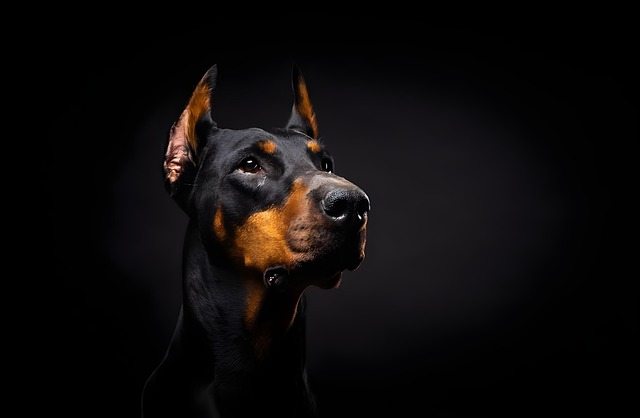 Dobermans thrive on routine, and their shedding can sometimes be a sign of stress or poor health. If you notice a sudden increase in shedding, along with other symptoms like lethargy or bald spots, it’s time to visit a vet. A balanced diet with omega-3 fatty acids can also support their coat health; look for dog foods that list fish oil or flaxseed as ingredients—this simple change can make a big difference in reducing excess fur.
Dobermans thrive on routine, and their shedding can sometimes be a sign of stress or poor health. If you notice a sudden increase in shedding, along with other symptoms like lethargy or bald spots, it’s time to visit a vet. A balanced diet with omega-3 fatty acids can also support their coat health; look for dog foods that list fish oil or flaxseed as ingredients—this simple change can make a big difference in reducing excess fur.
Living with a Doberman means embracing their loyal nature while managing their moderate shedding. Whether you’re taking them for a walk in a Chicago park or cuddling on the couch at home, a little regular grooming goes a long way. You’ll also want to keep a lint roller handy for those days when they decide to snuggle up on your favorite sweater—small inconveniences that are well worth the joy of having this intelligent breed as a companion.
Owning a Doberman Pinscher is a rewarding experience, and their moderate shedding shouldn’t hold you back from welcoming one into your home. With simple grooming habits, a healthy diet, and adherence to local pet laws, you can keep both your Doberman and your home happy. They’re more than just a pet—they’re a member of the family, and a little loose fur is a small price to pay for their love and protection.

Pet owners often scratch their heads when their dog starts itching nonstop or has recurring stomach issues—more often than not, a food allergy is to blame.
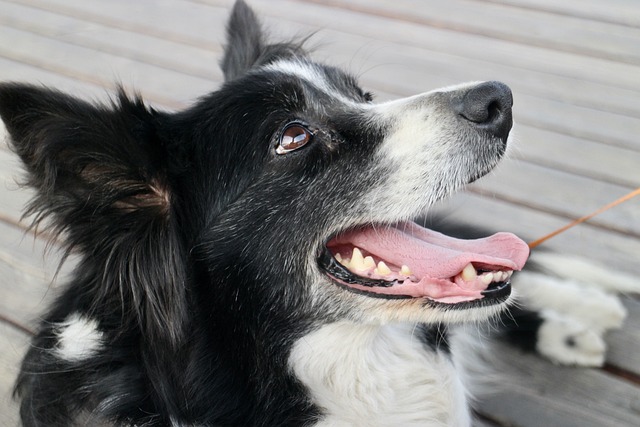
Blue eyes in Alaskan Malamutes aren’t unheard of, but they’re far from common. Unlike some breeds where blue eyes are a standard trait, Malamutes typically have brown eyes that range from light amber to deep chocolate.
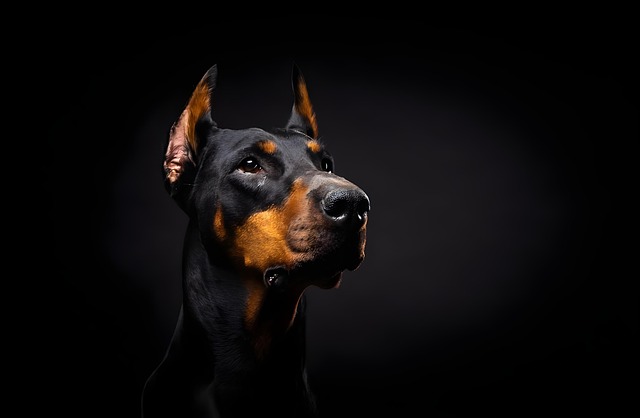
Many dog lovers considering a Doberman Pinscher often wonder about their shedding habits. The good news is this breed doesn’t shed excessively, but they aren’t non-shedding either.
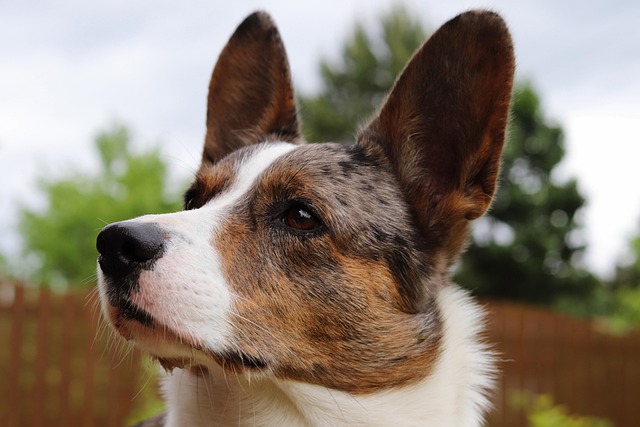
Many dog owners notice their pups scratching nonstop or developing red patches, only to later link it to something in their food bowl.
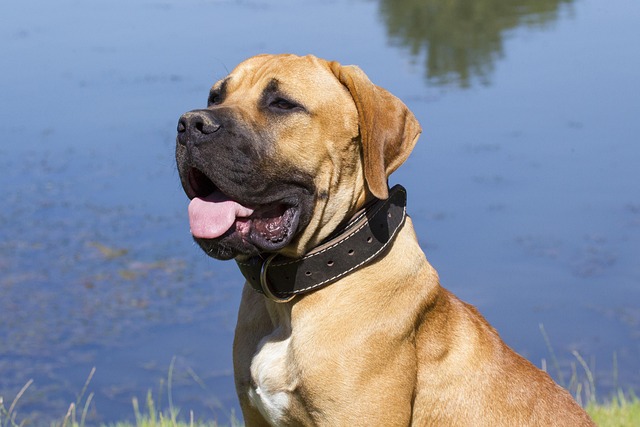
Watching your dog bound up the stairs or chase a frisbee in the park is one of the joys of pet parenthood. But as they age, those lively moments can fade if arthritis sets in—something many owners don’t think about until it’s too late.
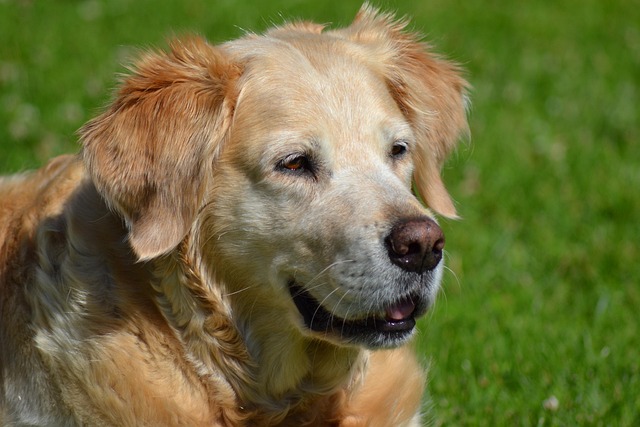
I’ll open with a scenario every new U.S. dog parent recognizes: You’re ending a walk in Denver’s winter chill with your 8-month-old Golden Retriever